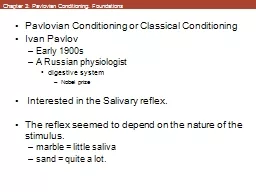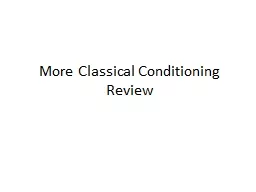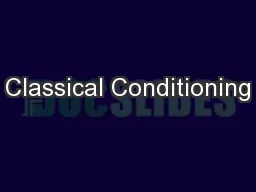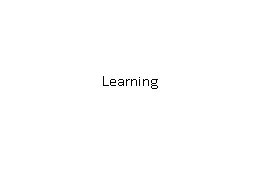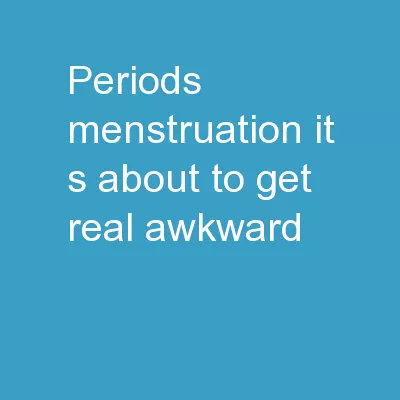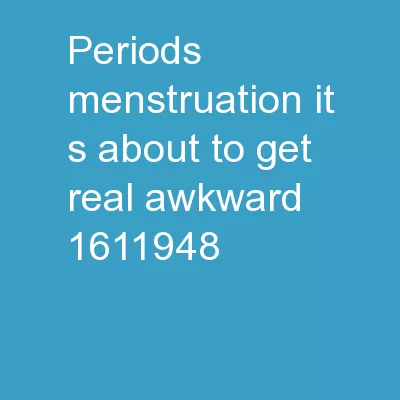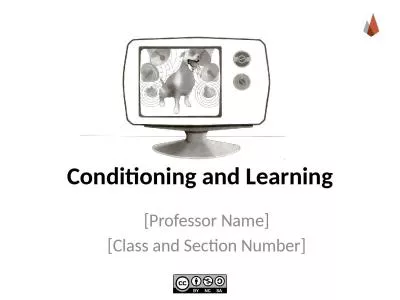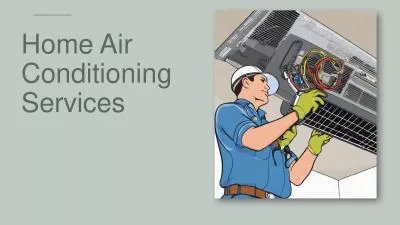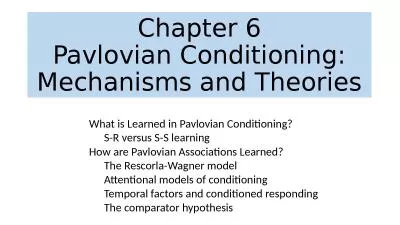PPT-Acclimatization, Conditioning and Transition Periods
Author : wang | Published Date : 2023-11-17
Overview Many nontraumatic deaths and heat related illnesses occur during the first week back following time off from sport activity or during a transition period
Presentation Embed Code
Download Presentation
Download Presentation The PPT/PDF document "Acclimatization, Conditioning and Transi..." is the property of its rightful owner. Permission is granted to download and print the materials on this website for personal, non-commercial use only, and to display it on your personal computer provided you do not modify the materials and that you retain all copyright notices contained in the materials. By downloading content from our website, you accept the terms of this agreement.
Acclimatization, Conditioning and Transition Periods: Transcript
Download Rules Of Document
"Acclimatization, Conditioning and Transition Periods"The content belongs to its owner. You may download and print it for personal use, without modification, and keep all copyright notices. By downloading, you agree to these terms.
Related Documents



